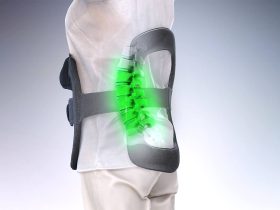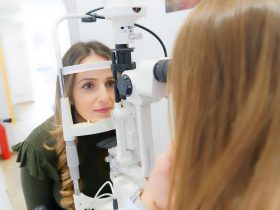Have you ever wondered why the way your teeth fit together matters? Your bite alignment plays a big role in keeping your jaw healthy, especially when it comes to the temporomandibular joint (TMJ). Understanding how your bite and TMJ work together can help prevent pain and jaw problems in the future.
Anatomy of the Jaw and TMJ
Your jawbone forms the base of your facial structure and allows you to eat, speak, and yawn. The temporomandibular joints (TMJ) are located on both sides of your face, connecting your jawbone to your skull. These joints act like small hinges that move every time you talk or chew. Each TMJ includes muscles, ligaments, and a small disc that cushions the joint and helps it move smoothly.
When these parts are healthy and well-aligned, your jaw works properly. But if you experience an injury, misalignment, or joint problems like arthritis, the TMJ may stop functioning normally, leading to pain and discomfort.
How Bite Alignment Affects TMJ Function
A balanced bite, also known as proper occlusion, is essential for keeping your TMJ healthy. When your teeth align correctly, the pressure from chewing spreads evenly across the jaw. Visiting a dentist On Mercer Island can help evaluate your bite and recommend treatments to correct any imbalance. However, if your teeth are crooked or your bite is uneven, extra stress can be placed on one side of the jaw joint.
Over time, this imbalance can strain the muscles and tissues around the TMJ, causing disorders known as TMJ dysfunction. Common symptoms include jaw pain, clicking or popping sounds, stiffness, and difficulty opening or closing your mouth. Correcting bite alignment early helps prevent these issues and keeps your jaw functioning smoothly.
Common Symptoms and Complications
TMJ disorders can show up in many ways, such as:
- Pain or tenderness near the jaw joint
- Clicking or popping noises while moving your jaw
- Trouble opening or closing your mouth fully
- Lockjaw or tight muscles
- Headaches, ear pain, or neck stiffness
If left untreated, TMJ disorders can lead to chronic pain and difficulty using your jaw normally.
Diagnosis and Treatment
A dentist can diagnose TMJ problems through a physical exam, imaging tests (like X-rays or MRIs), and bite analysis. These help identify how your teeth and jaw are aligned and what might be causing the discomfort.
Common options include:
- Lifestyle changes: Avoiding hard foods, reducing stress, and improving posture.
- Oral appliances: Wearing a mouthguard or splint to help align your jaw.
- Physical therapy: Doing gentle jaw exercises to improve movement.
- Medications: Taking pain relievers or anti-inflammatory drugs.
- Dental treatments: Orthodontics or restorations to fix misaligned bites.
- Surgery: Used only for severe or long-term TMJ problems.
Conclusion
Proper bite alignment is key to maintaining a healthy TMJ and overall oral comfort. Recognizing symptoms early and seeking dental care can prevent long-term jaw problems. By keeping your bite balanced and following your dentist’s advice, you can protect your jaw and enjoy a pain-free smile.







